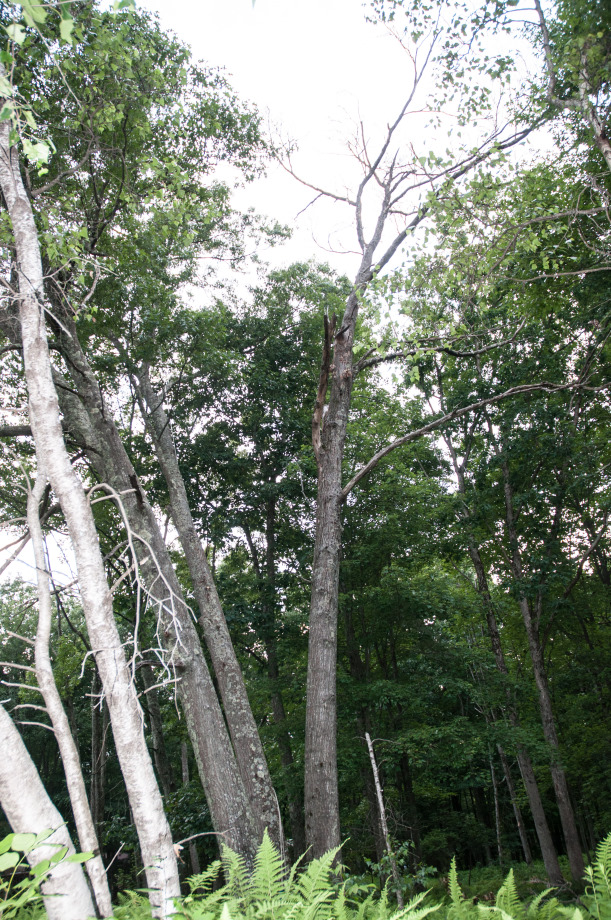southernstyle88
New Member
quick newb question.. been cutting trees for few years but just now getting into climbing removals.. anyways im noticing alot of the trees around where im at (especially the maples) rise up about ten feet then split off into multiple sections.. you know like 3' or more diameter tree comes up then slits off into 3 or 4 leaning sections about 15'' dia. sections on a 50ft plus tree.. my question is branching off in multiple sections like they are, how do you aproach the climb? as in do you climb on top-side or bottom side or what exactly and please explain why..
thanks in advance
ms390 25'' bar
ms192t 12'' bar
ms290 20'' 18'' bar
021 14'' bar
wesspur deluxe spur kit and extra flipline, and false crotch rigging kit
thanks in advance
ms390 25'' bar
ms192t 12'' bar
ms290 20'' 18'' bar
021 14'' bar
wesspur deluxe spur kit and extra flipline, and false crotch rigging kit






